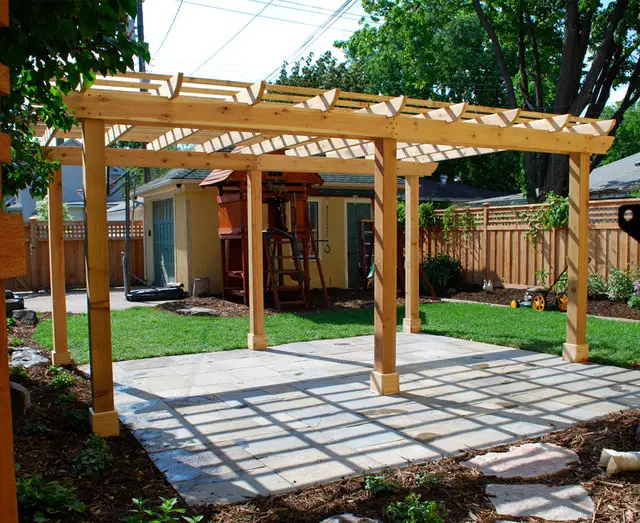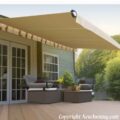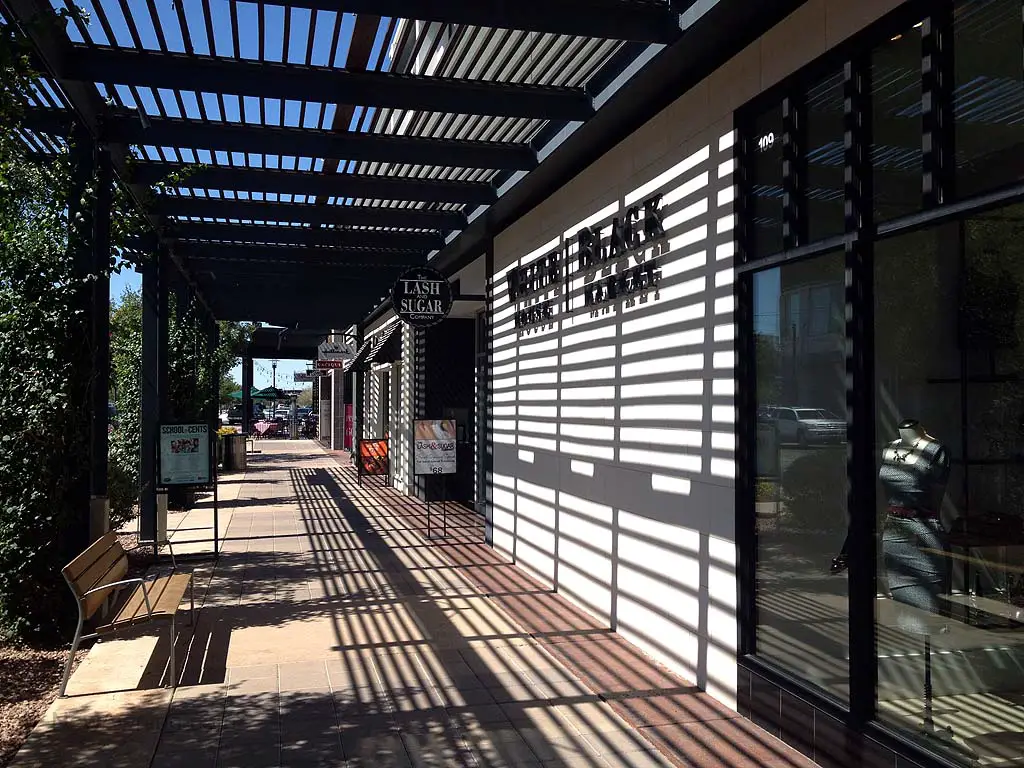Last Updated:May 31, 2025
Commercial Awnings
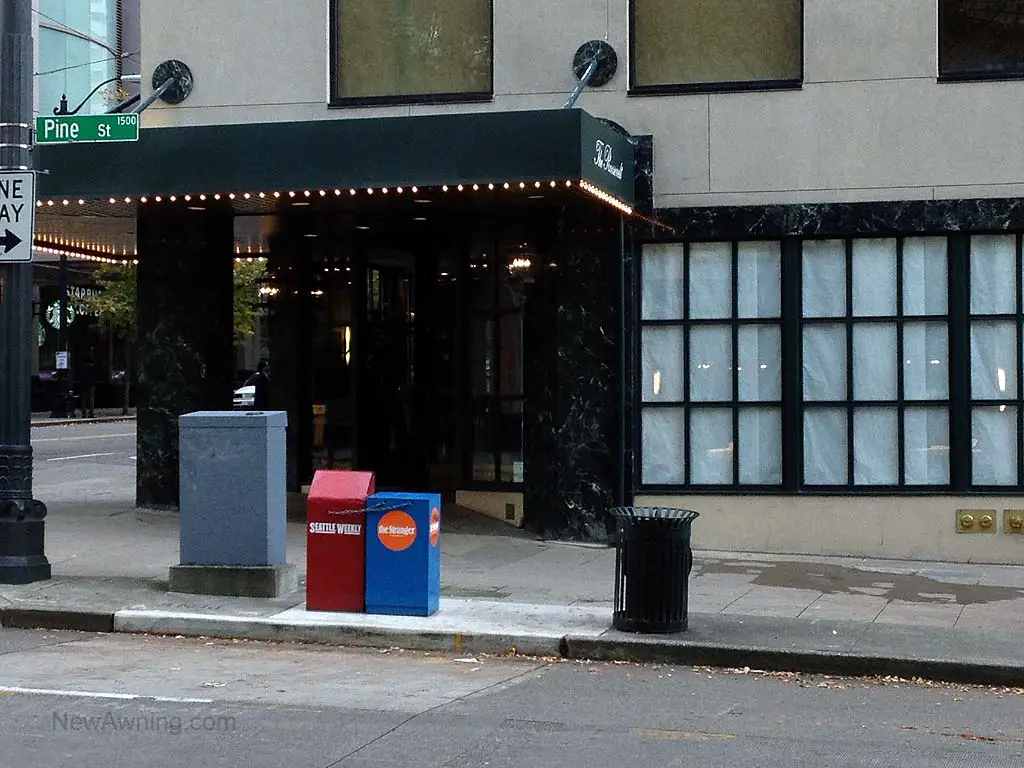 If you’re looking to purchase a commercial awning, the choices can be overwhelming. Should you do a fabric or metal? If you decide on fabric is it the traditional slope design, the box shape, or possibly even a rounded design such as waterfall or dome? If you choose to go with metal, is it better to pick a lightweight aluminum or a heavier stainless steel? Once you’re set on the material it’s time to select the colors and border. Have no fear, we have a complete guide to all the options so that you can find the best product to fit your needs.
If you’re looking to purchase a commercial awning, the choices can be overwhelming. Should you do a fabric or metal? If you decide on fabric is it the traditional slope design, the box shape, or possibly even a rounded design such as waterfall or dome? If you choose to go with metal, is it better to pick a lightweight aluminum or a heavier stainless steel? Once you’re set on the material it’s time to select the colors and border. Have no fear, we have a complete guide to all the options so that you can find the best product to fit your needs.
Purposes
The goal of this guide is to explain all the possible combinations for commercial awnings and the tradeoffs of each. There is no one size fits all solution as each business and building will have a unique set of needs. While we will do our absolute best to be an exhaustive resource, if there are specific questions, please add them as a comment below. This will allow us to answer the question so that all the readers can see the information. Also, we are not an e-commerce company. We do not sell or manufacture any of the products discussed on this site. We are simply an independent resource on the subject.Structure
There are three types of structure for awnings. They are stationary which are permanently fixed to the building. The second type are retractable which usually have one side fully attached and a mechanism that allows the material to either extend or fold up. The final type are canopies that can easily be completely taken down.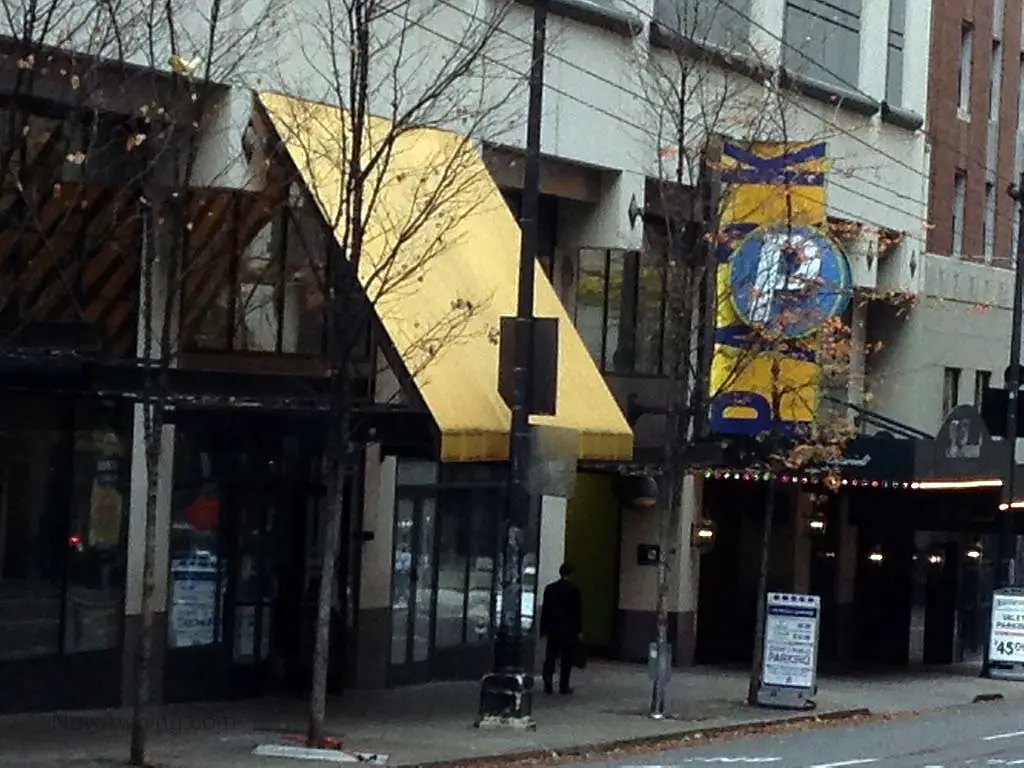 Simple
The fixed awning is a perfect choice when you are looking to attach something as an element of the business. They work best for multistory buildings that would make it impracticable to make changes. These are constructed of stronger grade material because they are out year around. This means they must be able to withstand the blistering heat from the summer sun as well as the freezing winter temperatures. Another major reason for choosing this structure is the amount of area to be covered. These are ideal for smaller areas such as windows or doors; however, larger coverage areas require exponentially more supports making them both heavier and more costly.
Simple
The fixed awning is a perfect choice when you are looking to attach something as an element of the business. They work best for multistory buildings that would make it impracticable to make changes. These are constructed of stronger grade material because they are out year around. This means they must be able to withstand the blistering heat from the summer sun as well as the freezing winter temperatures. Another major reason for choosing this structure is the amount of area to be covered. These are ideal for smaller areas such as windows or doors; however, larger coverage areas require exponentially more supports making them both heavier and more costly.
The retractable awning is perfect for a first floor or single level building. They can be extended for an extended period of time; however, they also offer the ability to take down before blizzards, hurricanes or other types of bad weather. They can also be added for seasonal long events such as restaurants that may want to create a covered patio for the day. The downside is that these have a higher cost per square foot covered than a similar quality fixed counterpart. This is because of the extra mechanisms to allow them to retract.
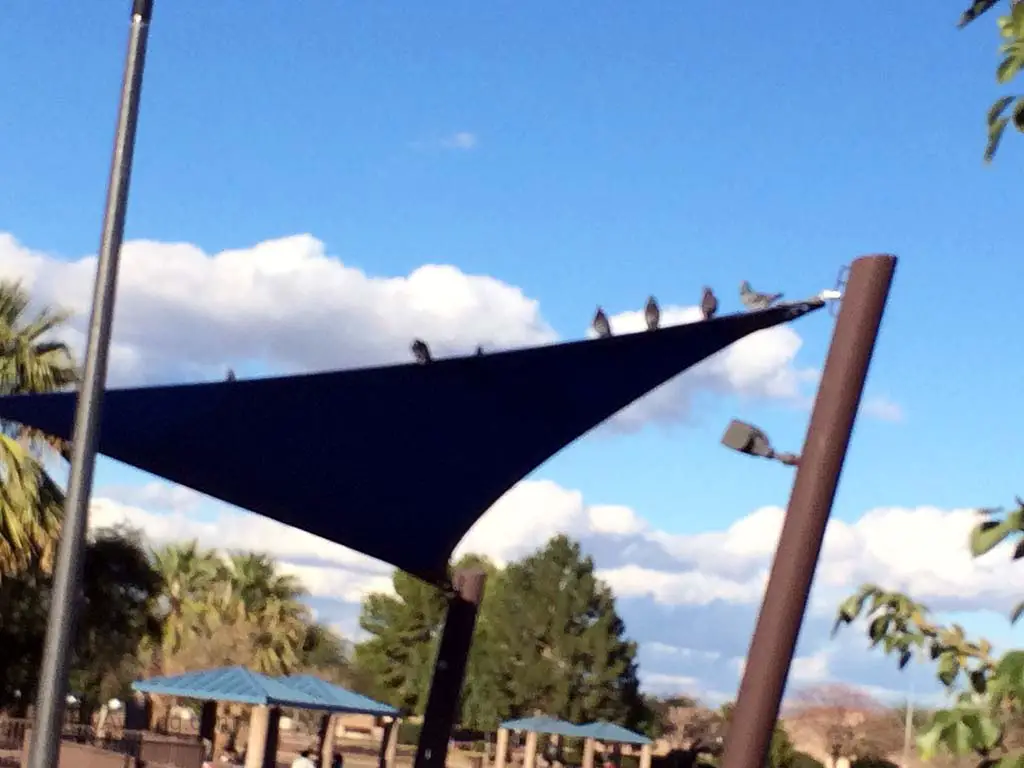 The final type is the freestanding canopy. These usually come in three or four sided fabrics. The material is reinforced to be strong and there are multiple metal eyelets positioned along the sides. These offer the ultimate in customization and are perfect for businesses that are looking to add options for their spaces. Before creating the covered area hooked screwed are attached to walls or load bearing supports. The screws remain in place permanently. When it’s time to create the covered area, the canopy is unrolled and attached usually with a strong nylon cord between each eyelet and the hooked screw. We saw one incredibly clever apartment complex use this method to create a shaded area around their pool when they were hosting events. This allowed them to keep the beautiful open landscape of the pool area while also providing an ability to have outdoor events with a covered area.
The final type is the freestanding canopy. These usually come in three or four sided fabrics. The material is reinforced to be strong and there are multiple metal eyelets positioned along the sides. These offer the ultimate in customization and are perfect for businesses that are looking to add options for their spaces. Before creating the covered area hooked screwed are attached to walls or load bearing supports. The screws remain in place permanently. When it’s time to create the covered area, the canopy is unrolled and attached usually with a strong nylon cord between each eyelet and the hooked screw. We saw one incredibly clever apartment complex use this method to create a shaded area around their pool when they were hosting events. This allowed them to keep the beautiful open landscape of the pool area while also providing an ability to have outdoor events with a covered area.
- Stationary
- $$$
- Immovable and permanently affixed to building
- Professional Installation
- All Weather
- Most Design Options
- Retractable
- $$
- Permanently affixed to building with a movable cover
- Professional Installation
- Varies by Design
- Many Design Options
- Standalone
- $
- Completely removable
- Self Installation
- No
- Least Design Options
Material
The choice of material is not a one size fits all as much of the decision will be based on the climate and local weather patterns. Aluminum is the primary option for metal. This works in nearly all environments for the US, however, if you live in an area that either receives significant snow accumulation or severe winds, you will want to add additional stainless steel brackets. Aluminum awnings should always be installed by a trained professional who should be able to add the correct number or supports and braces. When going this approach just understand that sometimes the price will be slightly higher than initial estimates for the additional manpower and hardware costs.For fabric awnings, cotton and polyester are the two options that dominate the market. There are a few other specialty fabrics; however, they make up such a small percent of the overall market we have chosen to exclude them from this general guide. Cotton has been used for hundreds of years and is the traditional choice. Cotton is incredibly environmentally friendly and easy to clean usually being machine washable. The drawbacks of untreated cotton are that the colors can fade faster than the alternatives. Additionally, it is neither water nor flame resistant in its natural state. This leads a lot of people to choose to treat the cotton with a synthetic material sealant to make it both waterproof and more colorfast.
The final fabric option is polyester which is virtually always coated with another material. The acrylic coat is on one of the more costly options; however, provides the best protection. This is also the clear winner for areas with a lot of rainfall. Vinyl laminate and PVC are also both commonly used as a coating. These products work well in humid areas and are easily cleaned. All of the polyester based options are resistant to stretching making them the better option for an area with extreme wind.
Hardware
The hardware components are incredibly important to the overall lifespan of the awning. The underlying frame is going to be an aluminum. This is a lightweight metal that is water resistant and will not rust. Aluminum provides the absolute best support while also be incredibly low cost. While nearly all structures will be composed of this material, the thickness does vary. We recommend walls milled no thinner than 1/16″. Additionally, we suggest completely eliminating plastic hardware as an option for business buildings. This can be an option for some smaller residential projects; however, for business buildings, this creates too mush liability.For the fittings, we recommend either using stainless steel or die-cast zinc. The stainless steel is a solid choice when you are concerned with keeping costs to a minimum. Both materials will have a similar lifespan; however, the zinc accessories has a higher support to weight factor making them superior for larger builds.

Branding
Branding can come in two forms. The first is simply using a color scheme of the business. Companies like Steak and Shake do this perfectly as their black and white window awnings create an instantly recognizable building. They don’t need any logos or wording because their company identity is so well known. That being said, smaller companies need to take a different approach. A brightly covered awning will naturally draw the attention of the eye, and then the words or image will convey the reason the customer should visit the location.Lighting
Lighting for a business awning is one o the most crucial questions. There are three main methods of lighting . The first is external lights that are attached to the fabric or frame. These work especially well in cities or other urban areas which have a lot of background light. The second type is when the canopy is back lit. The illumination source is behind the fabric, and the letters and logo seem to glow when compared against the darker colored awning fabric. This style of illumination works amazing well in more rural areas. The final type of lighting is when there are ground bulbs that shine up. This works best in an area that doesn’t get a lot of attention at night such as a car dealership or gardening store. The goal is to provide visibility to the business to build awareness, but the company also wants to ensure its products are seen.
Author:
Marcion Albert
Date Published: 3/31/2017
Date Revised: 5/23/2018
Marcion Albert
Date Published: 3/31/2017
Date Revised: 5/23/2018
.

